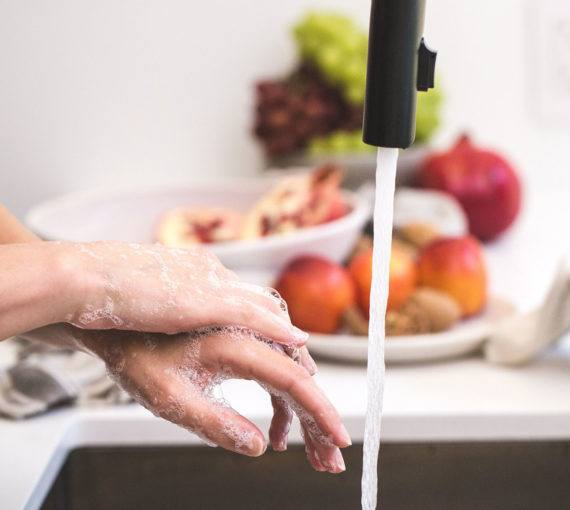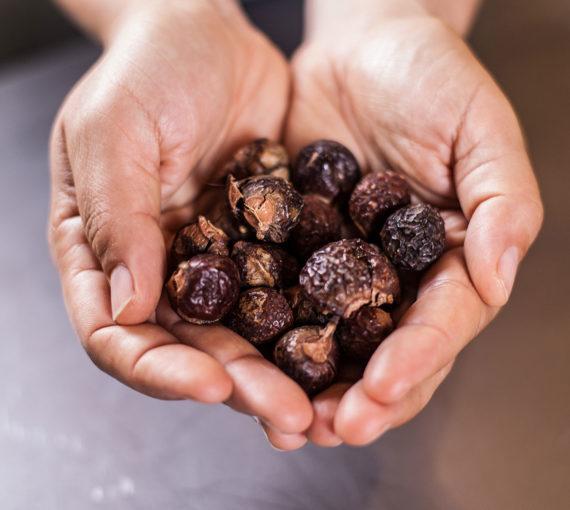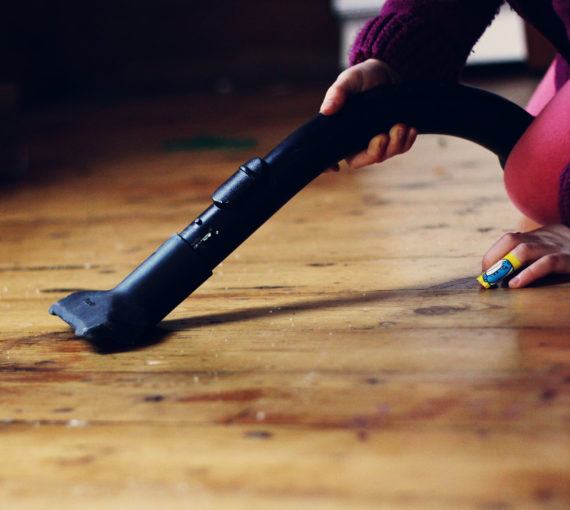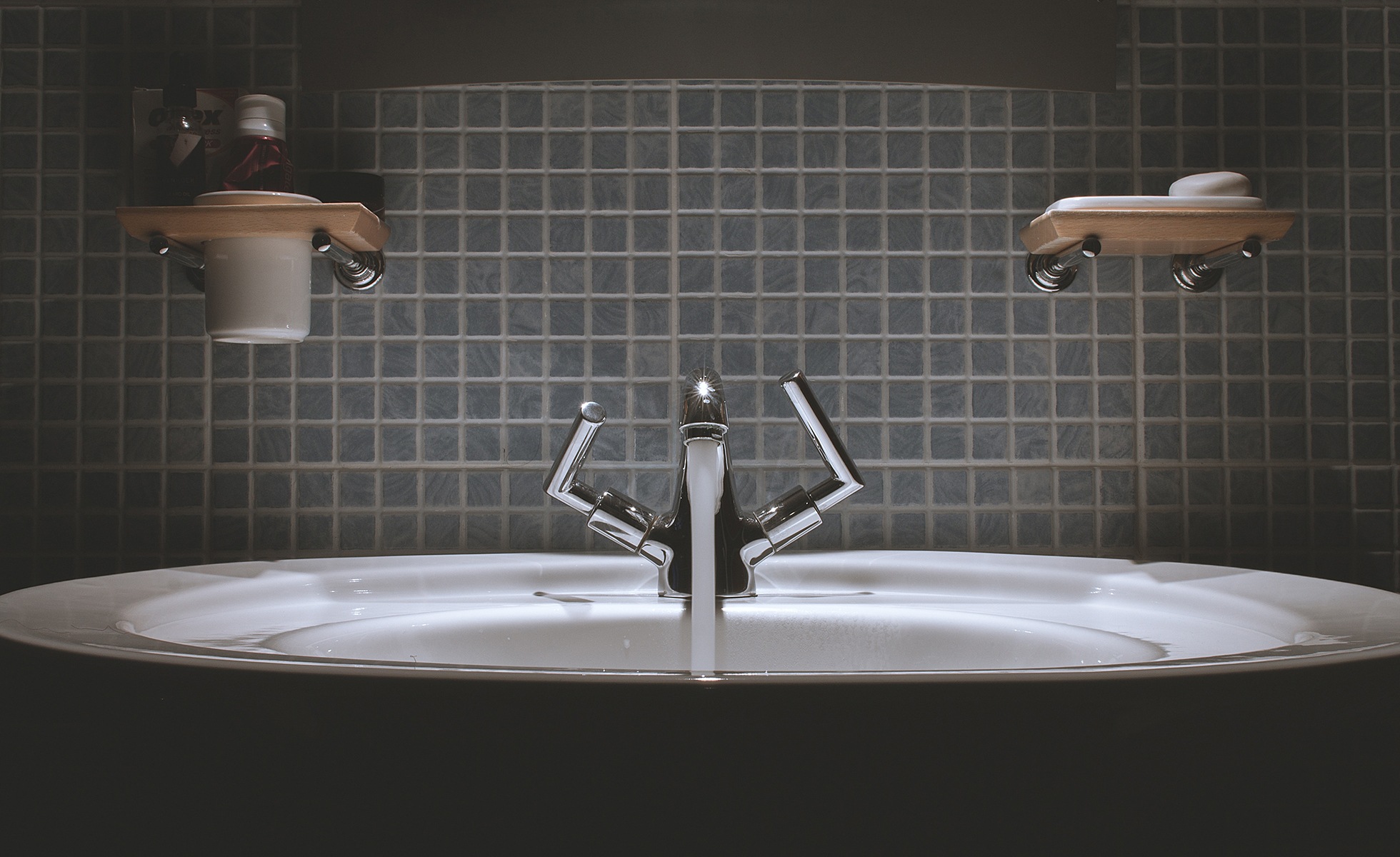
You’ve taken steps to eliminate toxic home cleaners and fragranced products from your home. That’s great! But what about safe disinfecting?
The U.S. Centers for Disease Control and Prevention offers these guidelines for household settings:
- Cleaning refers to the removal of germs, dirt and impurities from surfaces. Cleaning does not kill germs, but by removing them, it lowers their numbers and the risk of spreading infection.
- Disinfecting refers to using chemicals to kill germs on surfaces. This process does not necessarily clean dirty surfaces or remove germs, but by killing germs on a surface after cleaning, it can further lower the risk of spreading infection.
To combat COVID-19, Health Canada offers a list of approved disinfectants for hard surfaces. Some products have hydrogen peroxide as the active ingredient. The Environmental Protection Agency maintains a similar list.
Note: The CDC provides a thorough guide on how to clean and disinfect for COVID-19. And check recommendations from your regional public health agency. (Vinegar is not enough.)
What are safe and effective ways to clean and disinfect?
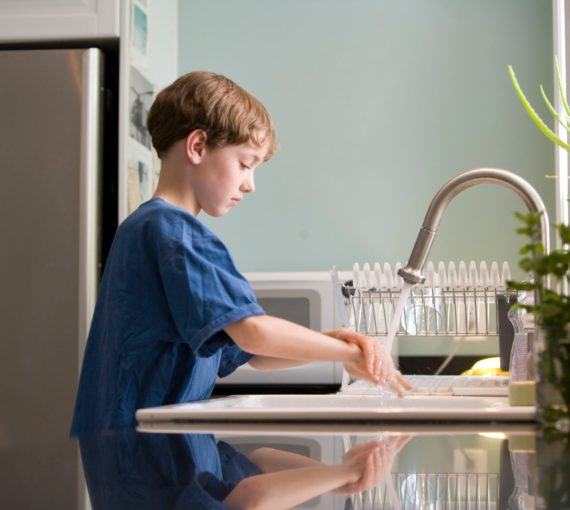
Wash your hands with soap and water.
Use eco-friendly liquid castile soap diluted or at full strength to reduce the amount of all germs and chemicals. With proper washing, soap works well on most viruses, even better than disinfectants, wipes and gels containing alcohol, because soap dissolves the virus’s fat membrane.
Note: When soap and water aren’t available, the U.S. Centers for Disease Control recommends hand sanitizer with at least 60 per cent alcohol. However, soap and water are more effective because hand sanitizers do not eliminate all types of germs, are often not used properly and don’t work on soiled or greasy hands.
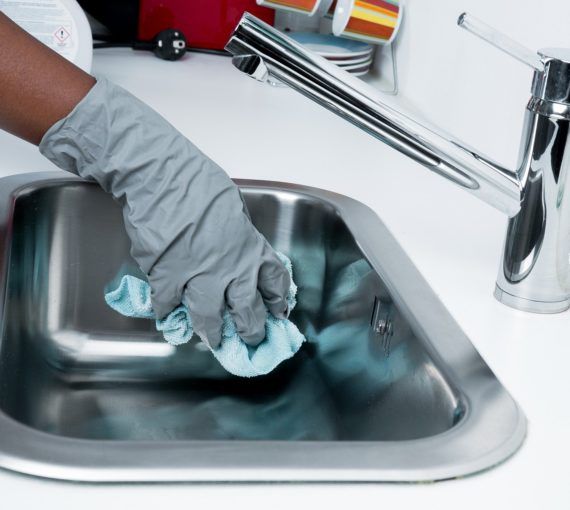
Choose hydrogen peroxide.
Hydrogen peroxide is water with an extra oxygen molecule. Also look for oxygen bleach (liquid) made of water and hydrogen peroxide (check the ingredient list or the manufacturer’s website). That breaks down into oxygen and water. It’s kinder to the environment (and many surfaces, fabrics and your hands) than chlorine bleach. That’s why it’s touted as the environmentally safest alternative to chlorine-based bleaches.
How to apply
- Always clean before you disinfect! Soil and grease interfere with any disinfectant’s germ-killing abilities.
- Pour into spray bottle (full strength) or add to a clean rag. For most applications, hydrogen peroxide can be used at a three to five per cent concentration. That’s how it’s sold in the dark bottles of your pharmacy aisle. Oxygen bleach, found in two- to four-litre jugs in the laundry or cleaners aisle is typically five per cent.
- Allow a “dwell time”: Health Canada recommends five minutes for contact time on a surface to kill bacteria, fungi and viruses in domestic settings (a.k.a the home).
- No need to rinse or wipe it off because it decomposes into oxygen and water. That makes it a great option when you need to squirt hard-to-reach places, e.g., between the counter and the stove.
- Disinfect high-touch areas such as tables, doorknobs, light switches, handles, desks, phones, remote controls, keyboards, toilets, faucets and sinks.
- Follow product instructions on labels for laundry, dishes, stain removal and other household uses.
- Gloves are recommended.
Note: Store it in a dark bottle or keep your spray bottle out of direct sunlight. Hydrogen peroxide is light-sensitive and its potency is reduced if not stored properly.

Shop for safer disinfectant products.
A Canadian Medical Association Journal study that looked at 26 types of home cleaners — disinfectants, laundry detergents, air fresheners and hand sanitizers — showed “young infants living in homes where cleaning products were used frequently were more likely to develop childhood wheeze and asthma by age three.” Avoid fragranced products. Choose those that are not sprayed and free from volatile organic compounds to avoid inhalation risks. Read labels to search for eco-certifications, biodegradability designation, an ingredient list and contact info. Check your products through the Environmental Working Groups Guide to Healthy Cleaning database for their safety rating.

